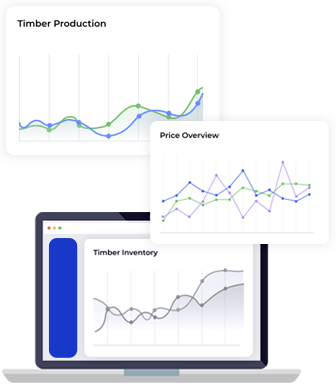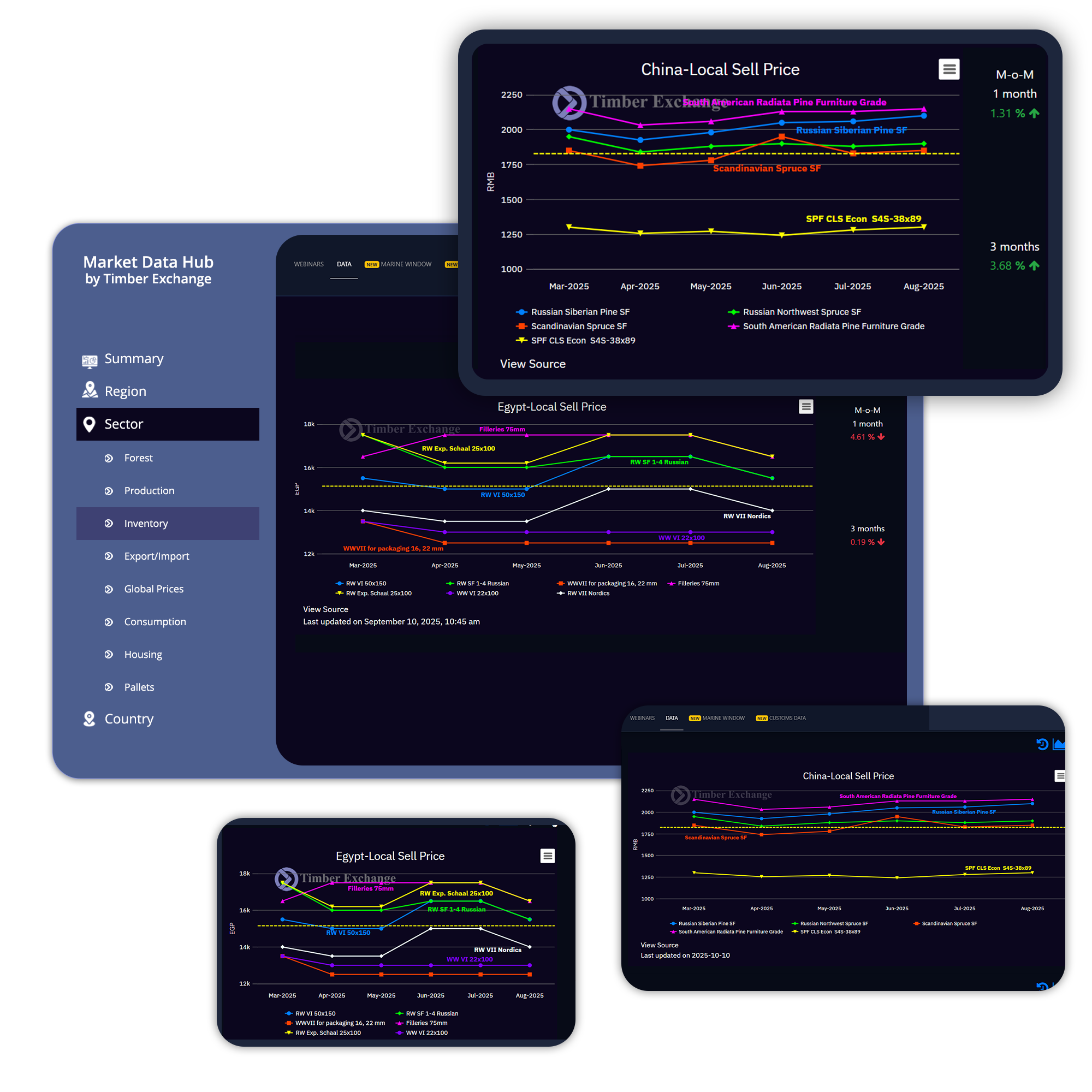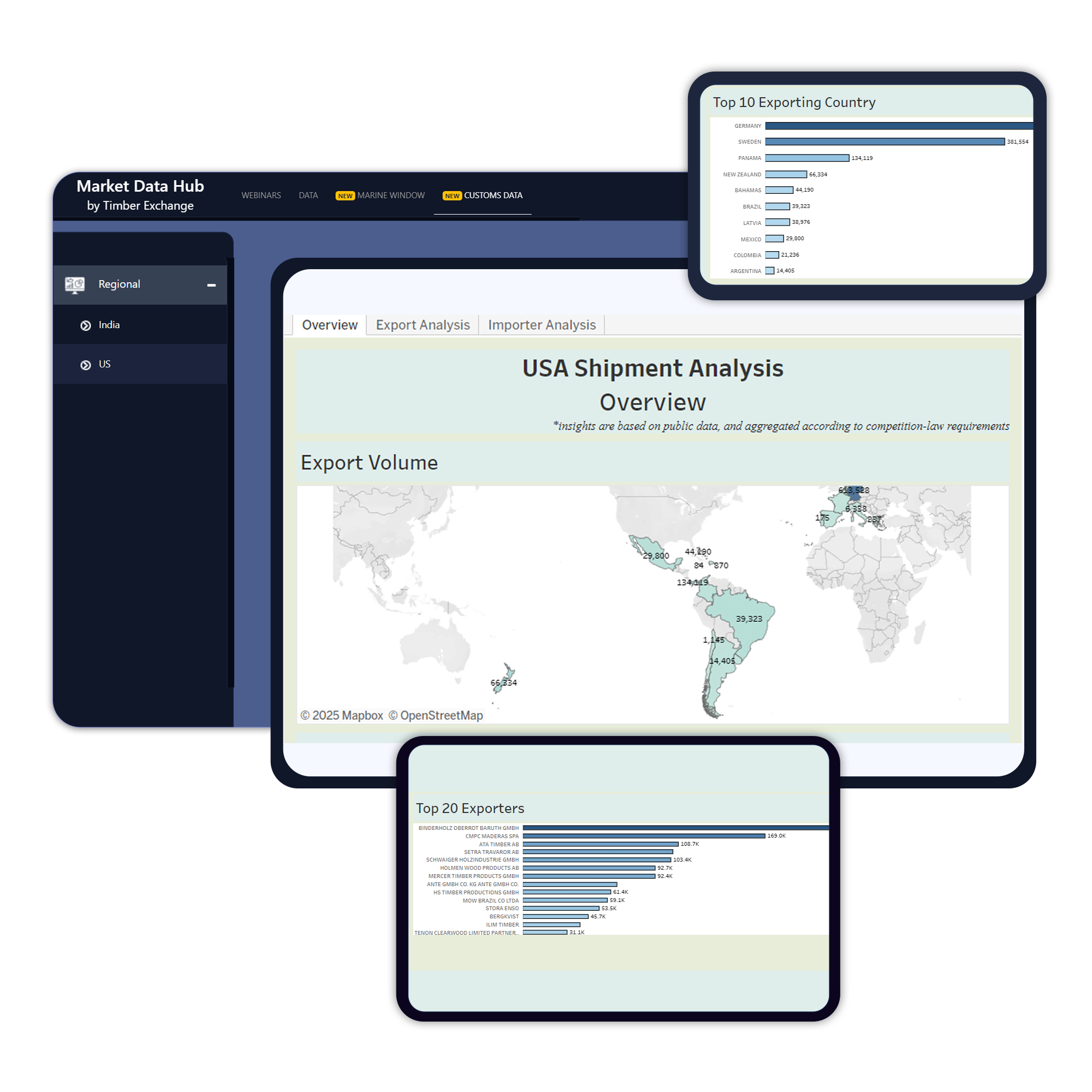
5 European housing markets predicted to see major value declines by 2025
Posted on October 4, 2024 |
Housing prices are expected to increase in areas with high demand and limited supply, while regions with low demand and ample supply could experience substantial declines.
European housing markets are anticipated to decrease in value by the end of the next year.
After facing a significant drop during the 2007 financial crisis, Spain’s housing market has rebounded to an average price of 2,809 euros per square meter, but another decline may be on the horizon.
The Netherlands saw a 4.49% reduction in housing prices by the end of 2022, primarily due to elevated interest rates and a shortage of housing, with average home prices around 434,000 euros.
Residential property prices in Greece surged by 10.76% at the beginning of 2024, but experts warn of possible future declines as demand may decrease.
In Italy, home prices have dropped by over 10% in the past five years, influenced by high interest rates and economic challenges, although cities like Milan still show strong demand.
The housing market in Sweden is also showing signs of a downturn, particularly in cities like Stockholm, where the national house price index fell by 6.31% in 2023, marking a decline from previous years.
Variability in housing markets across Europe depends significantly on regional demand and various economic factors.





